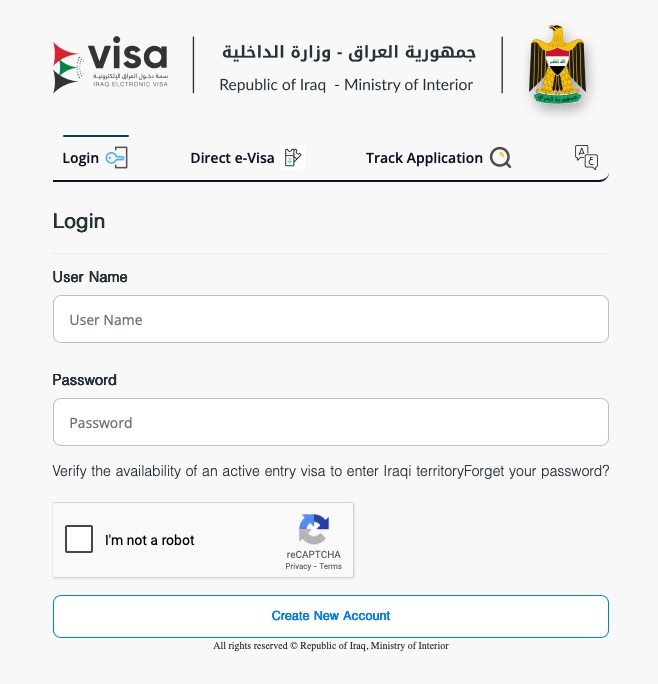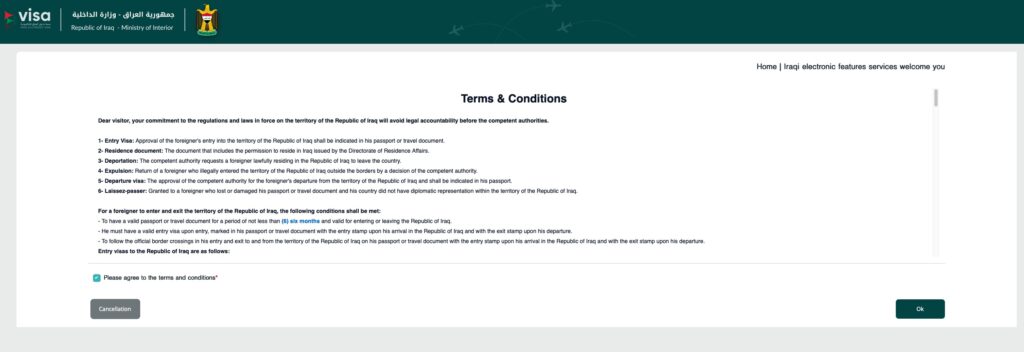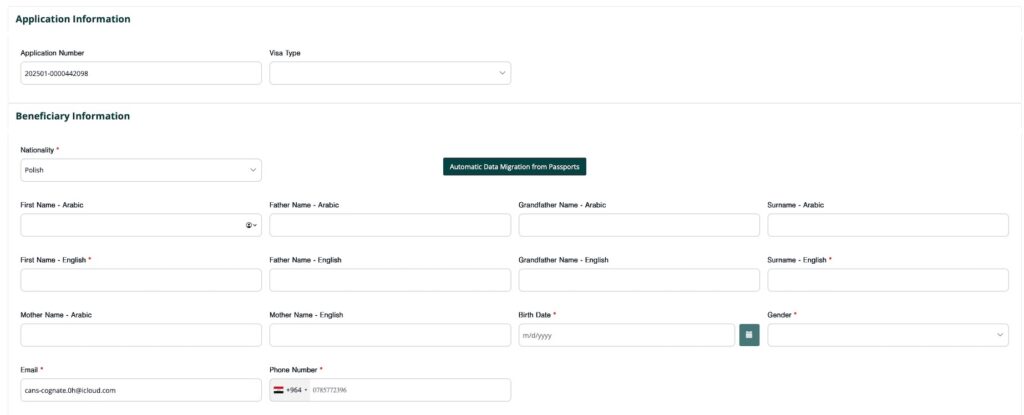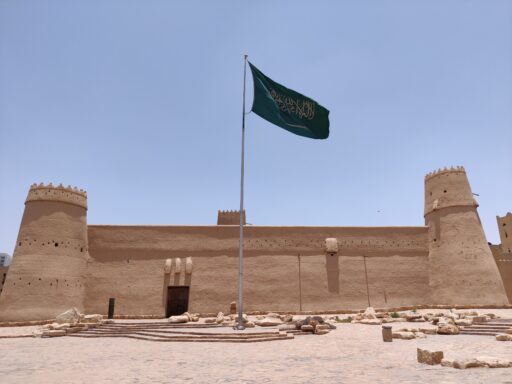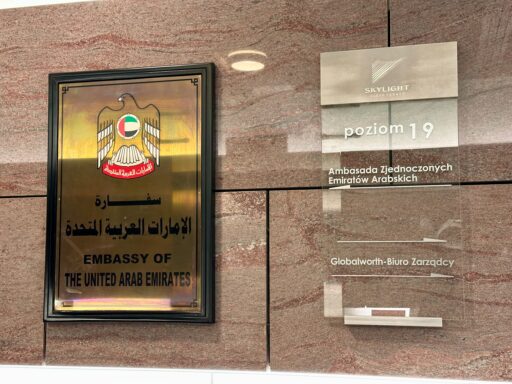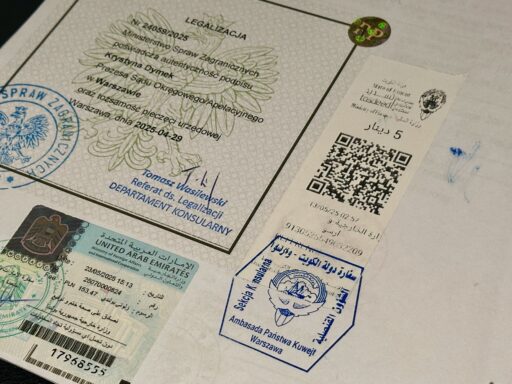This post is also available in:
Polski
Hello! 👋
Just a few years ago, a trip to Iraq sounded more like a military mission or a war correspondent’s assignment than a backpacking adventure. Today, however, it’s possible to get a tourist visa without much trouble, and the situation in the country is slowly changing. After decades of wars, sanctions, and attacks, Iraq is cautiously rebuilding its place on the travel map. Each year, more visitors arrive—not only pilgrims heading to Karbala or Najaf, but also people like us: curious travelers tired of predictable routes.
According to Iraq’s Ministry of Tourism (as reported by Iraqinews.com), more than 400,000 tourists visited the country in just the first half of 2024—that’s over three times more than in 2022. Sure, it’s still not much compared to the rest of the region, but for a country with such a heavy past, it’s a huge step forward.
What’s important is that Iraq isn’t just talking about opening up to tourists—it’s actually doing something about it. Baghdad is slowly being revitalized: new hotels are popping up, part of the Tigris riverfront has been renovated, and in 2023 the National Museum of Iraq reopened after years of being closed or looted (okay, right now it’s temporarily shut again, but only for conservation work). Progress may be slow, but it’s definitely happening.
Of course, Iraq is still far from being an easy destination. There’s paperwork involved, and you need to know where you can go and where it’s better not to. And that’s exactly why this guide might come in handy—to walk you through the process of getting an Iraqi visa step by step, with up-to-date info, reliable sources, and a few first-hand tips.
Types of visas to Iraq – which one to choose?
Iraq doesn’t really have one single, unified visa policy—or at least not in the way you might expect. The reason is simple: the country is split into two zones that follow completely different entry rules. There’s the federal part, with Baghdad as its capital, and the autonomous Kurdistan Region, with Erbil as its center. And each of them issues its own visas.
Visa to Federal Iraq
If you’re planning to visit Baghdad, Babylon, Karbala, Najaf, or simply travel across the country from north to south, you’ll need a federal visa. Until recently, the only way to get it was at the airport, through an embassy, or with the help of agents. But since March 2025, there’s finally an official e-Visa system available—Polish citizens included.
- Valid throughout Iraq (including Kurdistan),
- It is valid for 3 months from the date of issue, for a period of 30 days of stay in Iraq.
- It costs approximately $160 + 5.5% of the transaction amount for the payment system operator. Payable by card.
A federal visa also comes with mandatory basic health insurance. On paper, it covers things like accidents and medical treatment, but the limits are very low—in reality, it’s only enough for minor issues.
Visa to the Kurdistan Region
If your trip is limited to the northern part of Iraq—places like Erbil, Dohuk, Sulaymaniyah, or the mountains of Kurdistan—you don’t need a federal visa. Kurdistan has its own visa policy and its own e-Visa portal.
According to the official guidelines from the Kurdistan Regional Government, the visa fee is around 100,000 IQD — roughly 70 USD. That’s the total cost, with no hidden extras when you pick it up.
- Validity: 90 days from the date of issue (i.e., that is how long you have to enter the country)
- Length of stay: up to 30 days. This means you can enter the region within 90 days and stay for a month.
Note the differences
It’s not the case that a Kurdistan visa will somehow get you through the rest of Iraq. In the south, there are checkpoints, border-style controls, and a clear administrative line. If you don’t have a federal visa, you can run into serious trouble. So if you’re planning to visit both Kurdistan and the rest of the country, it’s best to apply straight away for the federal e-visa.
We faced the same choice while preparing for our motorcycle trip. Since our plan was to ride across the whole of Iraq, we decided to go straight for the federal visa to avoid any complications along the way.
How to fill out the form?
Here we’ll focus only on the federal e-visa for Iraq. This is the one that lets you travel freely across the whole country – from Baghdad and Karbala to Kurdistan. The entire application process is done online, and the first steps are actually very straightforward.
Logging into the federal system
First, go to the official website eservice.evisa.iq (watch out for fake websites pretending to be the system).
Next, choose the ‘Direct e-Visa’ option, enter your nationality and email address, tick the ‘I’m not a robot’ box, and hit ‘Submit’.
You’ll then receive an OTP code at the email address you entered (sometimes it lands in the spam folder). Just type it in to move on to the next step.
Acceptance of the terms and conditions of the e-visa system
The next step is reviewing the terms and conditions for entering Iraq. The document looks very official, but it basically comes down to a few key rules: your passport must be valid for at least six months, entry and exit are only allowed through official border crossings, and you must carry your visa with you along with the entry stamp in your passport.
You’ll also see a list of visa types — from tourist to transit or special visas — but for travelers like us the one that really matters is the tourist e-visa (ordinary visa), which allows you to stay up to 30 days.
At the bottom of the page, just tick the box saying ‘I agree to the terms and conditions’ and click OK to move on.
Fill in your details
Once you log in to the eVisa system, you’ll see a form where you need to enter your basic personal details.
First, you’ll need to choose the visa type – for travelers like us, that’s ‘Ordinary’. The system makes things easier by letting you upload a scan of your passport (which you’ll have to attach later anyway). Most of the fields will then fill in automatically, and you just need to double-check if everything matches your passport. If something looks off, correct it manually. You’ll also be asked to provide your email address and phone number.
Pay special attention to the passport section. Make sure the number, passport type (for most people that’s ‘Normal’), place of issue (in our case simply ‘Poland’), and the expiry date are all correct.
The next section is ‘Current address inside Iraq’ – here you just enter the address of the hotel where you’ll be staying. If you’ve booked more than one place, simply put the first one.

In the ‘Personal attachment’ section you’ll need to upload the required files: a scan of your passport and a passport-style photo. The system specifies the format — the photo should be 800×600 pixels, with your face fitting the standard size of 5.1 x 5.1 cm.
Electronic payment
At the end it’s just formalities. After clicking Next, you’ll get a confirmation email with your application number. On the screen you’ll also see a Pay now button, which takes you to the online payment page.
Here’s a small tip – it’s best to pay with a multi-currency or travel card. If you use a regular debit or credit card in your local currency, your bank may charge extra fees and use a poor exchange rate.
Once you’ve filled out the payment form and confirmed the transaction, you’ll see around $165 vanish from your account 😅. After that, it’s just a matter of waiting – in practice, the visa approval usually arrives the next day, although officially the system allows up to 72 hours.
What should you keep in mind when entering Iraq?
When entering Iraq, it’s worth remembering that getting a federal visa automatically comes with basic insurance. The policy is issued by a local company, Hamraa Insurance, and technically covers emergencies – but the coverage limits are, let’s say, underwhelming. In reality, you might wonder if it would even cover something as serious as repatriating a body back home (harsh, but worth keeping in mind).
That’s why it’s smart to treat this package more as a formality than real protection. If you want any actual peace of mind, you’ll need proper travel insurance that includes a war-zone clause. And here’s the catch – in Poland, very few insurers are willing to issue such coverage at all, and if they do, the price is often way off the charts (Generali, for example, asks for sums that will make your head spin).
The second thing to keep in mind is your passport. It needs to be valid for at least six months, but the stamps inside matter too. If you’ve got any trace of an Israeli visa, you might run into problems when entering federal Iraq – anything from extra questioning to being denied entry altogether. In the Kurdistan Region officials tend to be a bit more relaxed about it, but it’s still not something you want to gamble with.
Another potential trap is drones and filming. Don’t even think about bringing a drone into Iraq without the proper permits – airport security can confiscate it on arrival, and flying without paperwork is a fast track to trouble with the police. On top of that, there’s a strict ban on photographing government buildings and military sites – and it’s really not worth testing how serious they are about it.
And most importantly – the situation in Iraq can change from one day to the next, so it’s always worth checking the latest travel advisories and official updates before you go.



